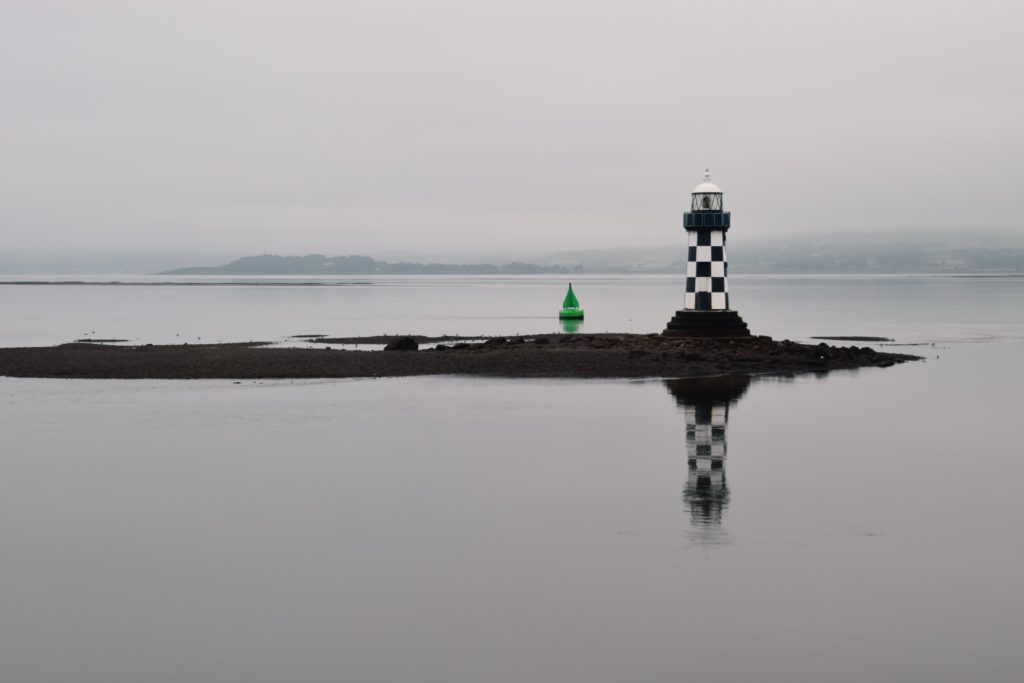
In the midst of widespread global supply chain backups including port gridlocks and international shipping delays, the United Nations has committed to reducing the problematic ecological effects of so much shipping. Countries have pledged to work together to create green corridors as zero-emission shipping routes in a recent plan that looks to the future of the world. Learn more about the context and importance of these pledges below.
What is the Clydebank Declaration?
At the United Nations global climate summit in November 2021, 22 countries, including the United States, came together to agree to a specific course of action to focus on making shipping more friendly to the environment. Their commitment is referred to as the Clydebank Declaration, pledging to work together to invest, promote, and create clean energy infrastructure at ports. The pledge invites the creation of green corridors between ports for more eco-friendly alternatives to the fossil fuel usage of major trade routes that are currently extant. The Clydebank Declaration aims towards “reducing the maritime sector’s emissions to zero by 2050,” according to the LA Times.
The important context of the Clydebank Declaration is that it “comes as the ports of L.A. and Long Beach, the busiest in the U.S., face increased scrutiny over cargo ship logjams and worsening air pollution,” as the LA Times explains. One attorney remarked that “what was already a bad situation” in terms of delays and shortages with supply chain slowdowns and lockdowns is “made worse from an air pollution perspective.” While it is important to understand how higher costs and more delays can affect holiday shopping, air quality around ports should also be a concern.
Where did this declaration come from?
The Clydebank Declaration did not just come out of the blue. The lingering effects of the pandemic have led the United Nations to be more aggressive with their plans for climate-focused changes, goals that go towards the Paris climate agreement made in 2015 which focuses on limiting global warming, bringing together all nations in a common cause. Just as every country has been affected by the pandemic, every country is affected by climate change. It takes a united globe to enact lasting change towards helping the environment. Essentially, the Clydebank Declaration seeks to curb shoreline air pollution by transitioning ships to cleaner sources of power. This is a common goal for the world to prioritize the environment for all of our sakes.
And, for your information, this is referenced in the name of the United Nations’ declaration. Clydebank is a Scottish town, literally situated on the banks of the Clyde River. Serving as the historic center of the Scottish shipbuilding industry, Clydebank is still a place involved in maritime activities. Naming the declaration after Clydebank demonstrates the United Nations’ understanding of the past and present of shipping as we move towards a better future. Now that we understand the recent declaration asking us to prioritize greener shipping solutions, let’s get into how this prioritization can be done through the concrete creation of special trade routes that are focused on helping the environment.
What are green corridors?
As part of the commitment in the Clydebank Declaration to create zero-emission shipping routes, the Getting to Zero Coalition report recommended the creation and use of green corridors. But what are these corridors and how will they help with the environment? As defined by the Maritime Executive, a green corridor refers to “a shipping route between two major port hubs on which the technological, economic and regulatory feasibility of zero-emissions ships is accelerated by public and private action.” So, these corridors are routes that will become “green” or environmentally friendly. From fuel producers and vessel operators to regulatory authorities, change is possible with support from all relevant parties.
The Getting to Zero Coalition report noted in the preface that green corridors can constitute “targeted regulatory action and route-specific collaboration in the value chain,” “with a focus on scalability and replicability,” which will be necessary to promote zero-emission shipping routes in 2021. Overall, as Maritime Executive declares, “the creation of green corridors offers the best opportunity to accelerate progress in tackling challenges of decarbonizing the shipping industry.”
Why is striving towards zero-emission shipping important?
Since most cargo ships are powered by “dirtier” diesel fuel than what’s used in cars, “the shipping industry is a major emitter of planet-warming greenhouse gases” on a global scale, as the LA Times warns. The Maritime Executive explains that the “shipping industry…is responsible for approximately 80 percent of global trade” and “accounts for about 3 percent of total global CO2 emissions.” That might not seem like a lot, but the LA Times gives context: “cargo ships collectively spew an average of 1 billion metric tons of carbon dioxide into the atmosphere each year, about as much as all U.S. coal-fired power plants combined.”
And that much carbon dioxide emission is not good for the environment or us. It’s not just that it’s harder for people with asthma to breathe or harder for us to see the stars at night; these emissions are permanently changing the earth, which can affect the planet’s habitability. So this is critical for individual and global health on a planetary scale. “Saving the planet” isn’t just a nebulous idea; it’s a concrete focus the United Nations is trying to promote.

Shipping for the People
As an expert in shipping for over 30 years, Trans Global Auto Logistics provides shipping for the people. The current attention to shipping and advocating for more ecologically efficient shipping is exciting, thinking of a world of zero-emission shipping using green corridors that were created as part of international efforts to work together for each other. We are proud to be a part of the important efforts going forward internationally as we work together to make the world a better place. If you are interested in our expertise or specifics about our processes, please contact us for more information. We’d love to talk to you about your individual questions or concerns.





